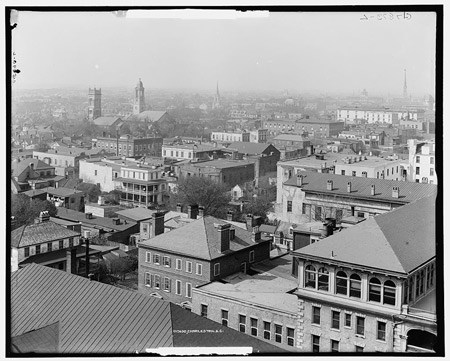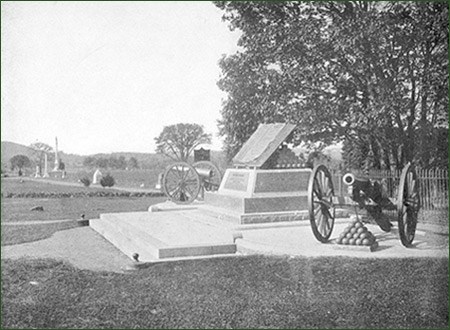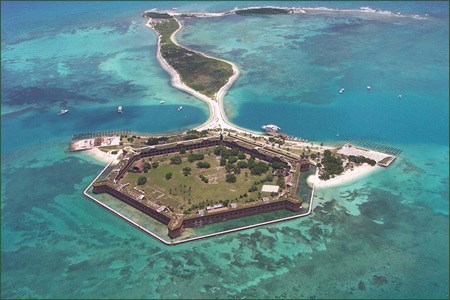
Detroit Publishing Co., Charleston, S.C., [created between 1900 and 1915], via Library of Congress.
1931
First Historic Preservation and Planning Review Board created.
The City of Charleston proposed a historic district zoning ordinance in October of 1931. This was a new blend of historic preservation and planning with a review board to examine and propose solutions to design problems of residents in the historic district boundary.
1933
First federal preservation treatment efforts.
Congress authorizes President Franklin Roosevelt's proposed Civilian Conservation Corps, a labor force for early conservation efforts, including the restoration of federally-owned historic properties.

Schomburg Center for Research in Black Culture, Photographs and Prints Division, The New York Public Library. May 1941. Retrieved from The New York Public Library Digital Collections.

NPS Photo
1933
National parklands and federal historic sites are centralized under the NPS.
President Roosevelt signs executive orders transferring the War Department's parks and monuments as well as those held by the Forest Service and the District of Columbia to the National Park Service.
1933
First systematic documentation of historic properties.
The Historic American Building Survey (HABS) is created to document America's architectural heritage and to provide employment for Depression Era architects.

NPS Photo
1935
Historic Sites Act passed.
Passage of the Historic Sites Act (formerly 16 USC 461-467, now four sections in Title 54) leads to a federal policy to preserve historic properties for public use. Historic preservation becomes a primary focus of the NPS.
1930s
First systematic documentation of historic landscapes.
Members of the American Society of Landscape Architects (ASLA) participating in the HABS program, complete the Historic American Landscape and Garden Project, which documents 40 historic landscapes in Massachusetts.
1949
The National Trust for Historic Preservation established.
Creation of the National Trust for Historic Preservation (National Trust) is chartered by Congress. The National Trust supports the preservation of historic properties in local communities.
Last updated: July 26, 2017
